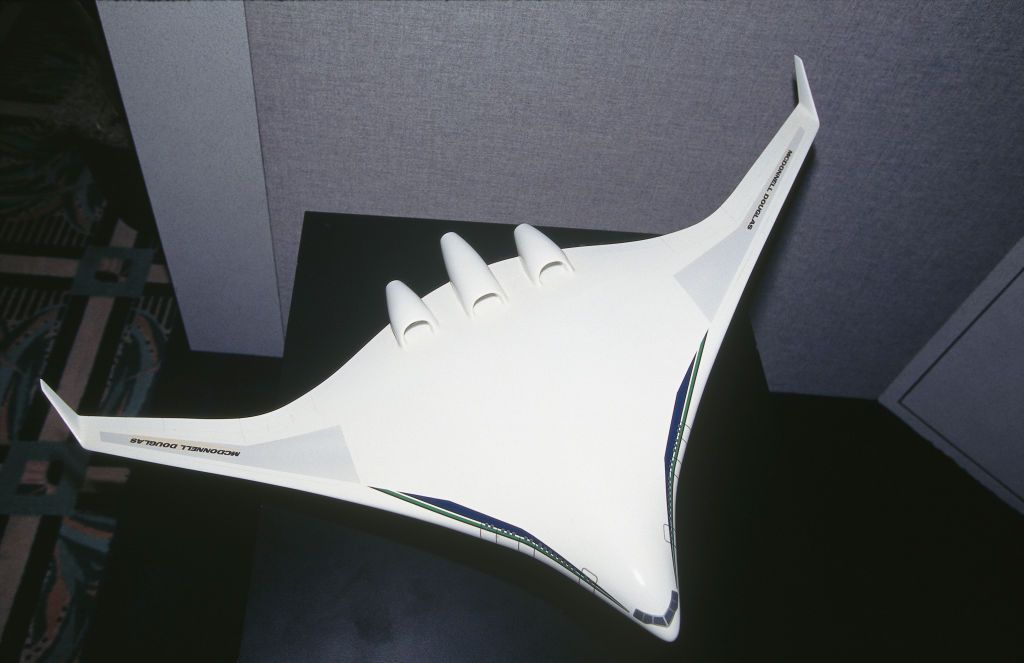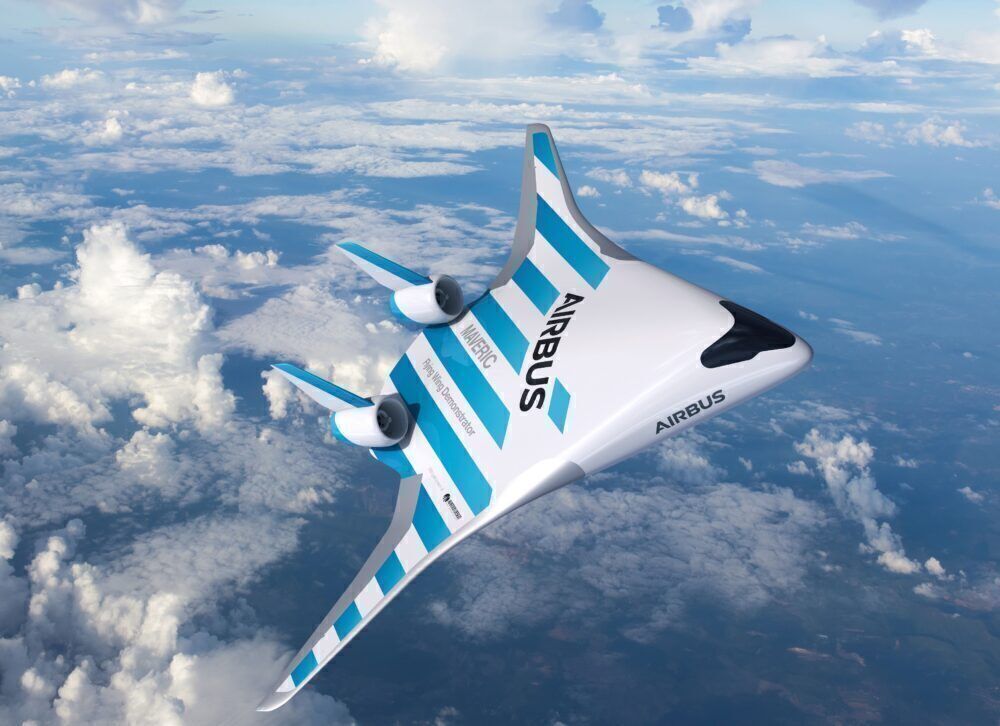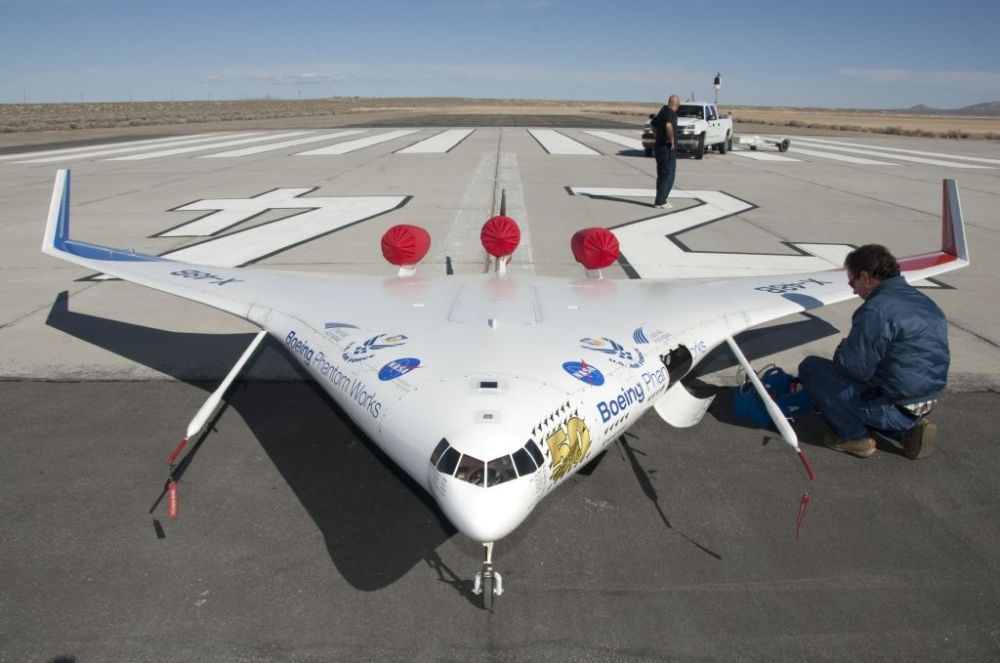Blended wing aircraft are often discussed when it comes to considering the future of commercial aviation. These radical designs come across as rather futuristic in renderings, but did you know that the concept has existed for several decades? As it happens, McDonnell Douglas was an early pioneer of such technology back in the late 20th century.
What is a blended wing aircraft?
Let's start by establishing what it is about blended wing aircraft that sets them apart from the conventional airliner designs that we have become accustomed to today. In essence, the fuselage and wings of these aircraft are effectively a continuous structure, with no clear divide. Like 'flying wing' aircraft, they can also be tailless, but do not always have to be.
A key advantage that this design offers over conventional fixed-wing airliners is the fact that the drag it produces is considerably lower. In a world where airlines are looking to optimize operations by saving fuel, this is a valuable benefit. They can also be more effective at generating lift. However, they do pose a challenge for designers in terms of cabin setup.
After all, to carry passengers and cargo in such aircraft could require radically different configurations to what we are currently used to. Indeed, there would likely be more space available, and airlines would have to consider how they'd want to use this extra area. Airbus is already developing a blended wing concept, which is known as 'MAVERIC.'
McDonnell Douglas' early endeavors
The launch of Airbus' 'MAVERIC' project was a fairly recent revelation. However, manufacturers have been researching blended wing aircraft for several decades. Former planemaker McDonnell Douglas was a particular pioneer in this field in the late 20th century.
Indeed, McDonnell Douglas came up with a design that it called the Blended Wing Body (BWB) in the late 1990s. According to Air & Space Magazine, this was the result of work by aerodynamicist Robert Liebeck that had begun the previous decade. As seen in the tweet below, it could have had a wingspan as wide as 340 feet. This equates to 103.6 meters.
Of course, McDonnell Douglas' merger into Boeing at around the time of the BWB's development meant that it could never pursue the project itself. However, Boeing pushed forward with this work. This resulted in the creation of an experimental aircraft known as the X-48, as seen below. It produced two of these, and flew them between 2007 and 2013.
Stay informed: Sign up for our daily and weekly aviation news digests.
The future of commercial aviation?
With the aforementioned increased operational efficiency, and the exciting challenge of developing new cabin designs, blended wing aircraft may capture the imagination of the aviation industry in years to come. The radical new shape may even lend itself to hydrogen propulsion, due to the additional storage space offered by its fuselage.
However, widespread use of such planes seems unlikely in the shorter term. According to Leeham News, Boeing's Vice President of Product Development and Future Airplane Development, Mike Sinnett, stated in 2018 that the US manufacturer wouldn't have a practical passenger or cargo-carrying version of the BWB in the skies any time soon.
Did you know about McDonnell Douglas' blended wing design? Will such aircraft play more of a role in the future of aviation? Let us know your thoughts in the comments.



